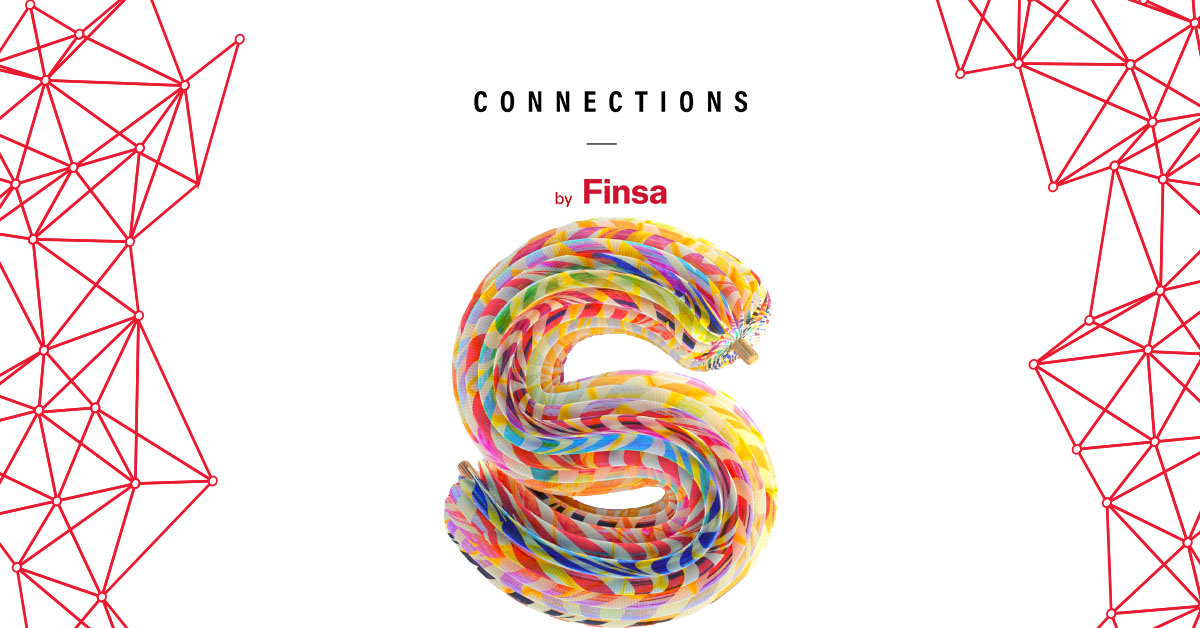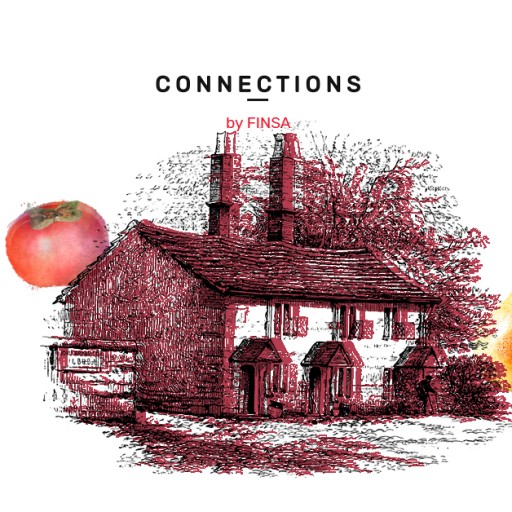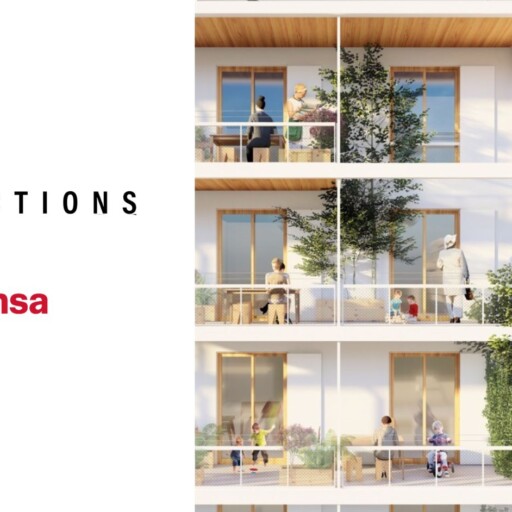What do we mean when we talk about sustainable architecture? Is it a design method? Is it about the materials? Is it about the people involved? To get answers to these questions, Connections by Finsa spoke to two technical consultants from the construction industry: interior architect Jacinto Seguí and María Pomar, an interior designer and product designer.
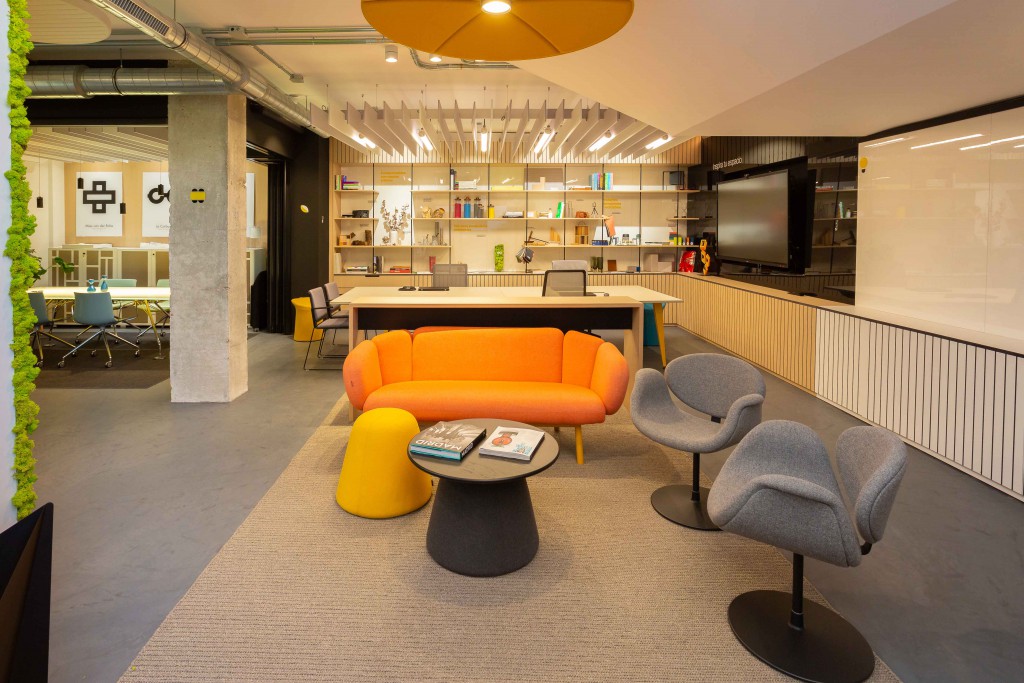
What are some of the biggest challenges facing sustainable architecture in terms of materials?
There are two very specific issues here: the recycling of, and reuse of materials. We need to be able to trace materials so that, when a building is no longer being used, we know what materials were used and how we can reuse them. This means products must be easily identifiable using valid and up-to-date information in order to ensure circularity.
We talk a lot about recycling, but not a lot about reusing. Recycling means separating materials and creating something new, which means there are financial, energy and environmental costs involved. Reusing goes one step further. It involves taking a product apart at the end of its useful life and putting it back together in another building which is made possible thanks to industrialised components.
For example, we can use a piece of cross-laminated structural timber that was once part of an office building. Imagine that the building is no longer in use, and it’s then transformed into a hospital. The reuse of the material is only possible if we make use of industrialised components.
Construction should be take inspiration from other industries that are already taking advantage of this kind of flexibility, such as the automotive industry, in which a wheel from one car can be taken apart, and used in another.
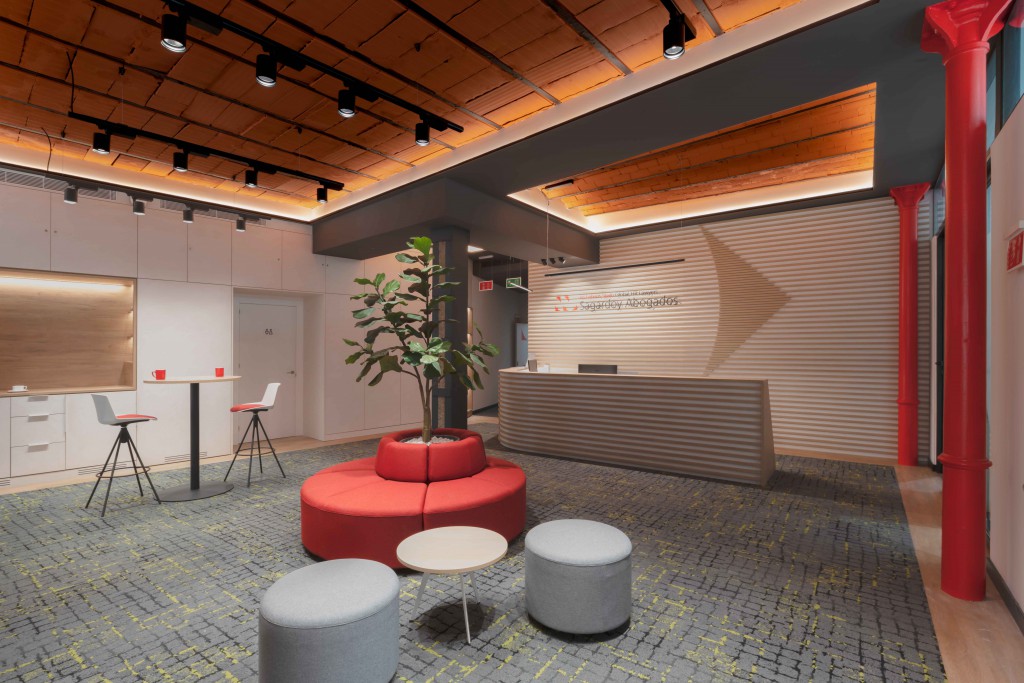
Which materials are the most useful when it comes to building in a more sustainable way?
You could say that there is no perfect material. Wood, for example, is a sustainable yet limited resource. Given that our common goal is to achieve sustainability, we believe that all manufacturers should be making sure that one raw material is not being used a lot more than others.
Ideally, product hybridisation would help in the development of industrialised components. There would be two types of systems: a 2D system, which produces panels that are layered to create a larger product, and a 3D system, which involves prefabricated and modular pieces that are produced offsite, with each module then stacked one on top of the other. We’ll see how project planners and other professionals can ensure the correct use of each of these options depending on the required features. For example, chipboard is not the same as MDF. It all depends on what you need – hardness or recyclability.
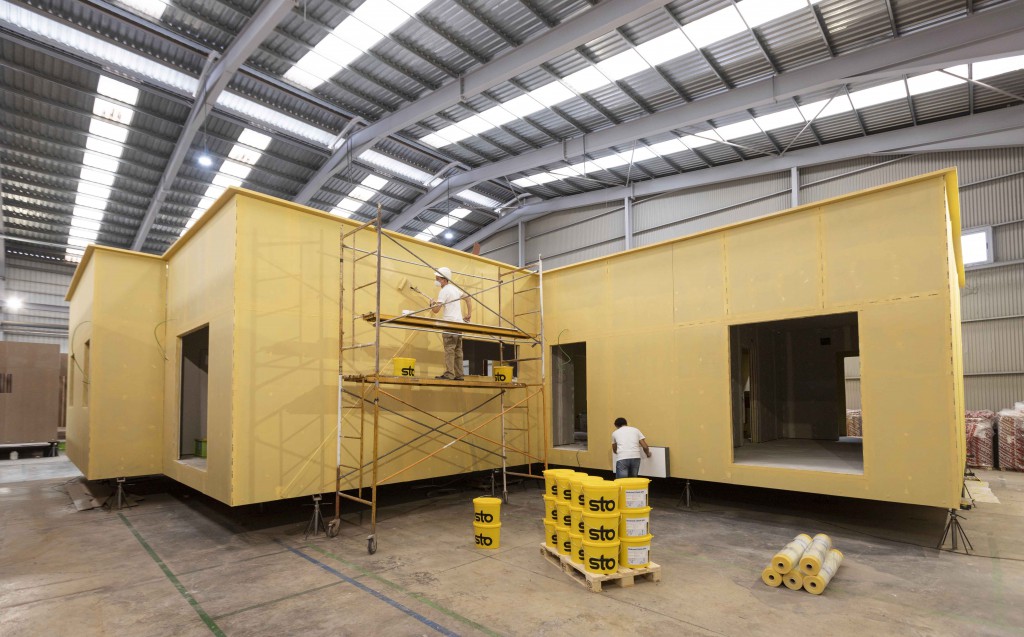
Which sustainable building certifications do we need to keep in mind?
First of all, it’s important to understand that there are different certifications for products and for buildings. The leading certifications are C2C (Cradle to Cradle) and LEED.
Certifications are very detailed, and can be used for processes, products, buildings, and even projects, such as BIM construction. Under the BIM system, all parties involved in the project must follow this ISO. You must demonstrate that you want to get certified and that it will add value to the building. That’s why we always advise professionals to work with supply consultancy firms, as they can help on the ground thanks to their experience.
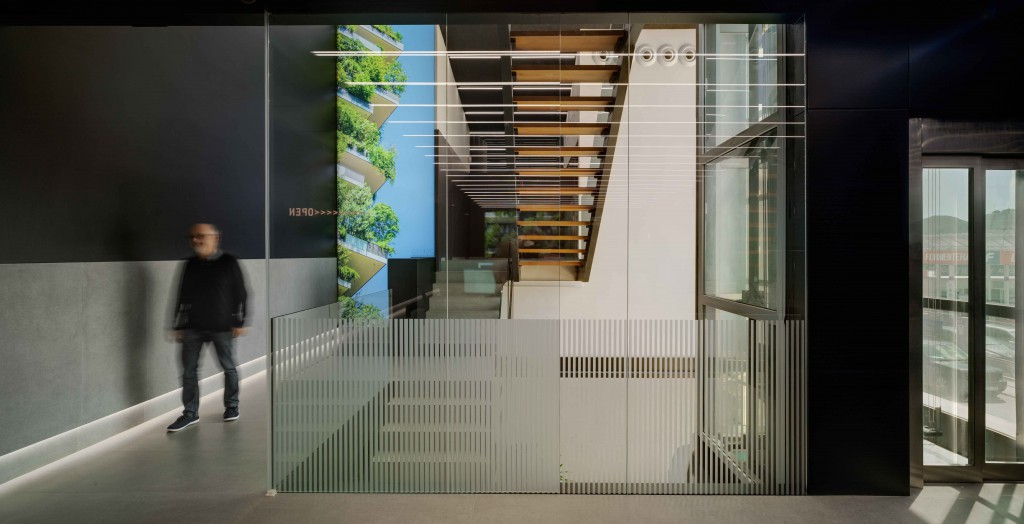
This year, a property website noted that Spain had become the European leader when it comes to LEED certifications. What do you make of that?
It’s great news. However, there are still a lot of projects waiting to be certified and it’s all happened very quickly. Nevertheless, there is more awareness of this issue. Above all, LEED certification is being attained by offices. Of course, we predict that it will end up reaching other sectors as well as the consumer.
The WELL certification, which guarantees the wellbeing of the users of a space, started to be implemented in offices before the pandemic. C2C adds extra points to these regulations. The pandemic has seen more importance placed on air quality, permanent cleaning of filters, and antibacterial surfaces. WELL also includes elements of biophilia, such as organic indoor plants. These changes are here to stay. It’s no longer a trend; it’s all about health. Office hours must be spent in spaces that are healthy in every way, or it will be difficult to for all of us to return.
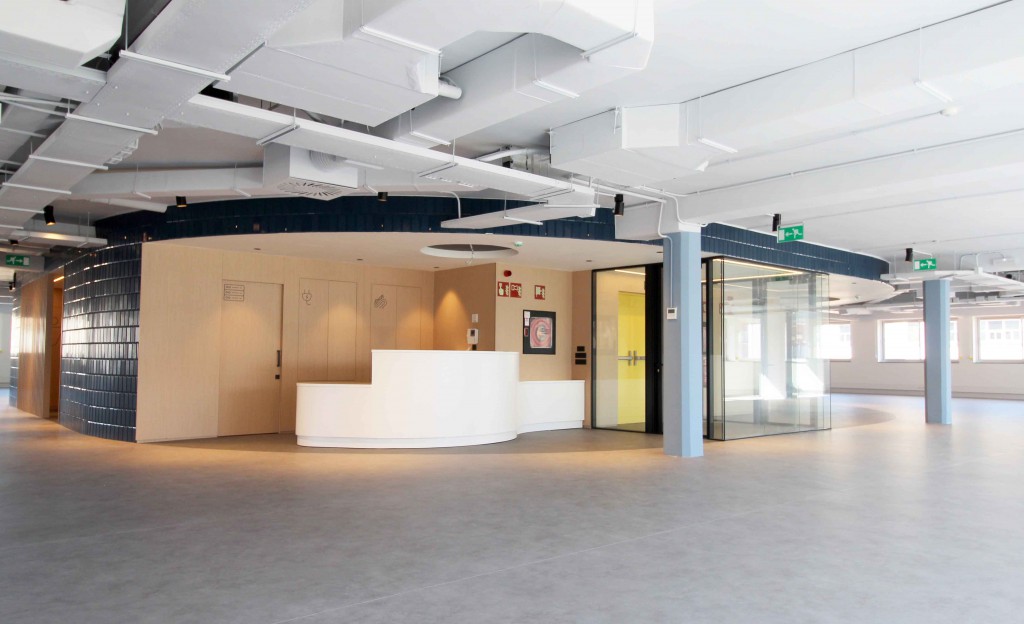
We spoke about the need for professionals in this sector to make sure they stay informed about sustainable building certifications and regulations. How and where can they do this?
There is so much information out there. There is specialised media, associations, and more. You either become an expert on a certain type of project or it’s going to be difficult to understand. We are staunch believers in technical consultants that specialise in manufacturing that adds a great deal of to project, not in money terms, but in terms of requirements, including when it comes to getting into co-development with the goal of finding a complete solution designed for the market.
If you’d like to learn more about sustainable architecture, we recommend reading our article about how the sector can work to help achieve the Sustainable Development Goals.


